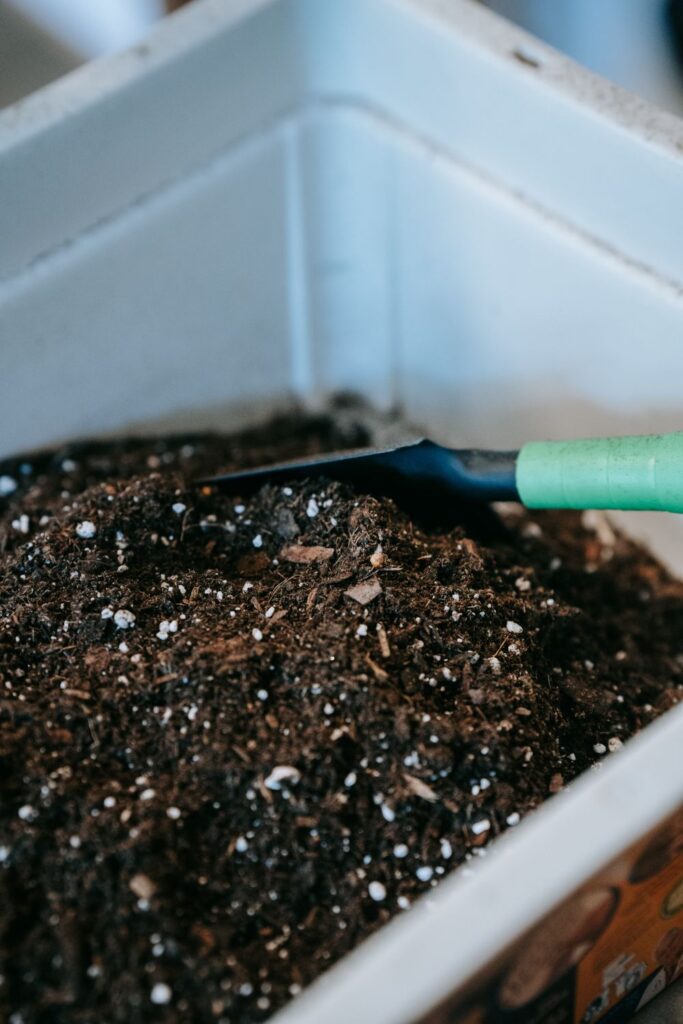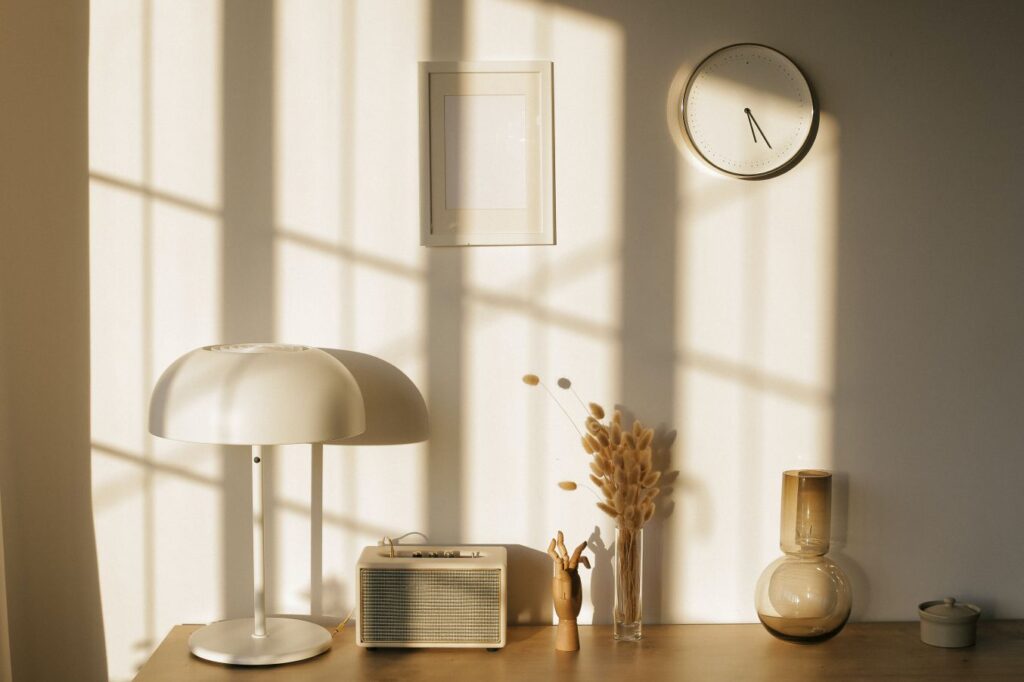Sustainability begins at home. While you cannot influence what global business leaders decide, you reign supreme over your castle. How can you make your abode more eco-friendly?
Many measures you can take don’t require an extraordinary effort or mammoth undertaking like switching to solar. Small changes can make a big difference, but you need to be mindful of your habits and open-minded about improvements.
If you’re ready to do your share to preserve the planet for future generations, here are tips for getting started. Try these four things to create a more eco-friendly home.
Table of Contents
1. Shop Smarter
Here’s your first order of business for creating a more eco-friendly home — get mindful about what you bring into it. Sustainability isn’t merely a matter of using less but buying more wisely, getting mindful about your choices, and educating yourself about harmful substances. In a consumer-driven society, your decisions at the register influence what manufacturers produce, so insist on environmental responsibility whenever possible.
VOCs
VOCs are volatile organic chemicals that solids and liquids like paint release as gasses, affecting indoor air quality. They may produce various adverse health effects, including the following:
- Eye irritation
- Nose and throat irritation
- Headaches
- Nosebleeds
- Fatigue
- Nausea
- Dizziness
You’ll often find VOCs in new furnishings, paint, lacquer, cleaning products, and air fresheners. Look for products labeled low or no VOCs when selecting such items.
Forever Chemicals
Many textiles like blankets can also contain harmful forever chemicals. They consist of substances like PFAS that harm the environment and human health. Research manufacturers before you buy — many are pledging to reduce the use of these substances due to sustainability concerns.
Packaging
There’s bad news about the plastic shells and wrap many consumer goods include in their packaging. You can’t recycle most of them, meaning they end up in landfills, contributing to methane emissions, a more potent greenhouse gas than carbon. Look for items with as little packaging as possible and use bulk containers for carrying goods home from the store whenever possible.
2. Improve Your Waste Management
How your household disposes of waste greatly affects your overall carbon footprint. Here are the most eco-friendly ways to get the trash out of your home.
Recycle
Single-stream is better than nothing, but much of the salvageable waste gets crushed or contaminated, resulting in a landfill. Your most eco-friendly bet is to sort and rinse recyclables, transporting them to the center of your jurisdiction doesn’t offer pickup.
Pro-tip: Make recycling sorting easier by designing pull-out bins inside a cabinet. If possible, install it beneath the sink so it’s a snap to rinse and place it in the right canister.
Compost

Banana peels and apple cores biodegrade, right? What’s wrong with tossing them in the rubbish? The problem is anaerobic landfill conditions, which result in methane emissions. To break down into the soil, your organic waste needs oxygen — hence, the composting bin.
You can compost plant-based organic matter like fruit and vegetable scraps, eggshells, unbleached coffee filters and grounds, and even paper towels. The big no-nos are meat scraps and animal poop.
Those with tiny apartments can find countertop bins that flatter your decor. However, those with yards only need three square feet of space and a container, never to spend another dime at the nursery on mulch.
3. Reduce Chemical Use
It’s easy to look for low-VOC paint, but you must keep your house clean. That means going through many products, many of which contain sketchy chemicals. Is there a better way?
There is. You can make non-toxic, homemade cleansers for nearly everything you need, including the following:
- All-purpose cleaner: Vinegar, water, and citrus peels. Make a half-and-half blend of vinegar and water, adding citrus peels and leaving sit in a cool, dark place for 24 hours before use. Add a few drops of bergamot essential oil for a stronger fragrance.
- Rug refresher: Baking soda and essential oils. Mix a few drops with a cup of baking soda, sprinkle on your rugs, and vacuum.
- Furniture polish: Olive oil with some Castile soap makes your wooden tables shiny.
- Oven cleaner: Mix baking soda and water to a paste and add it to the oven, letting it sit for several hours before scrubbing. You can also add salt for baked-on messes if it doesn’t damage the interior surface.
4. Take Advantage of Natural Light and Heat

If you need a roof replacement, perhaps it’s time to consider a solar conversion. Although you’ll pay a bit out of pocket, you already have a hefty expense — and this investment pays for itself over time. You could see utility bills as low as $20 to $30 monthly instead of hundreds. Online calculators can help you determine your savings.
However, you can also create a more eco-friendly home using natural light and heat. Take down heavy curtains on south-facing windows during the warm months, using gauzy numbers or a one-way film for privacy. Consider installing solar tubes — they’re easy for DIYers to tackle.
Try This for a More Eco-Friendly Home
Reducing your carbon footprint starts where you spend the most time — at home. The right eco-friendly tips can make any house more eco-friendly.
Try the tips above for a more eco-friendly home. Becoming more mindful of your daily choices helps you improve your sustainability and protect our shared planet.













